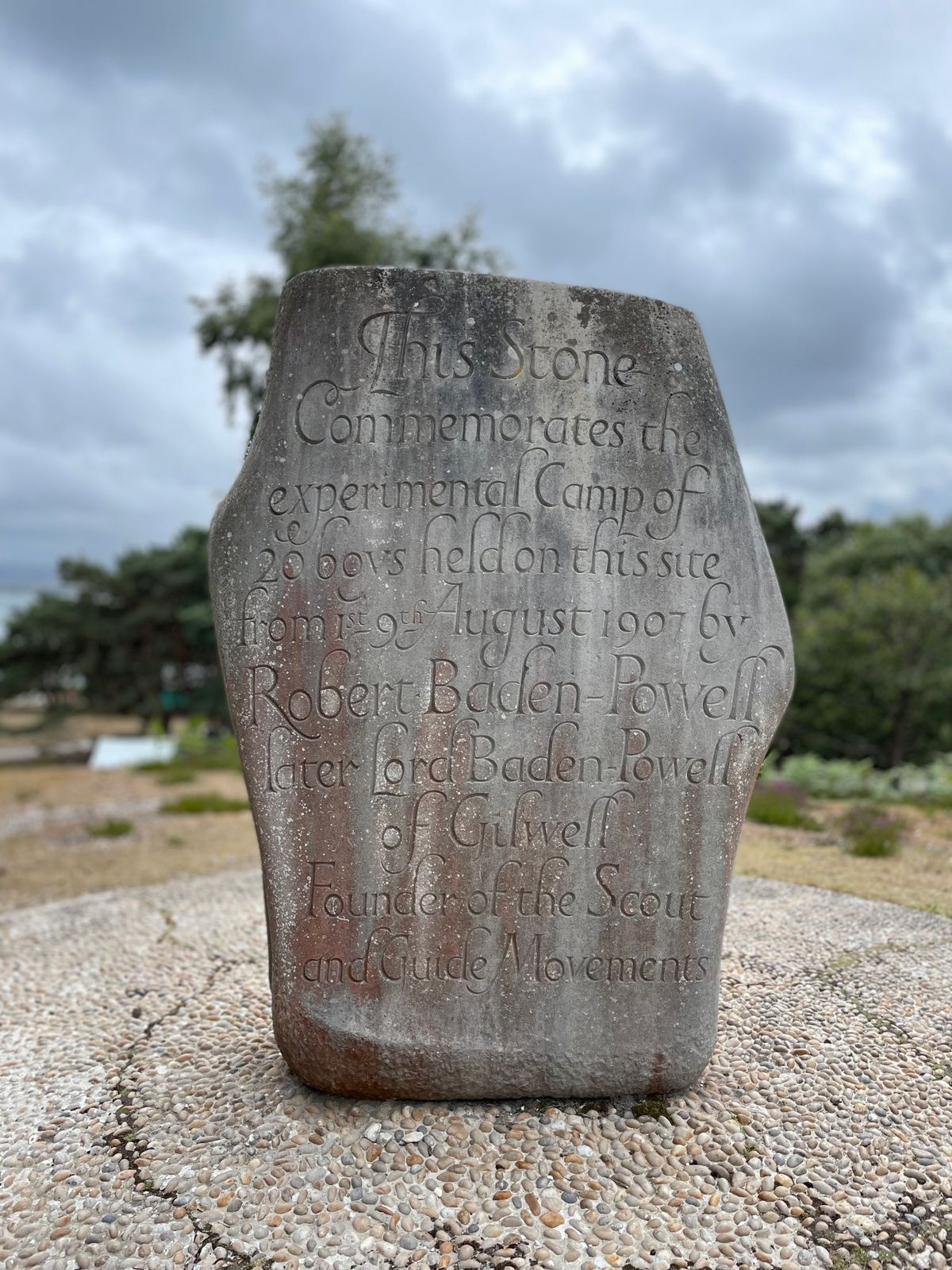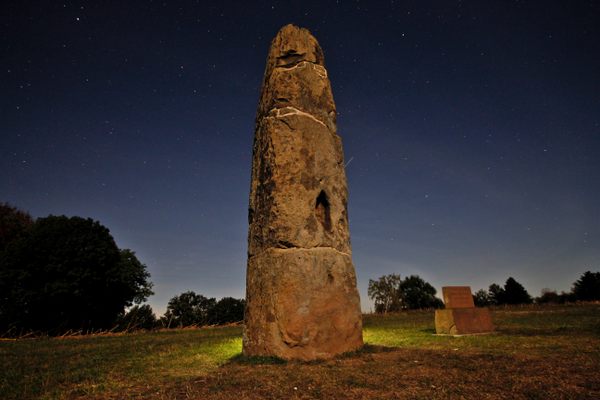About
The Scout Stone commemorates the first-ever Scout camp conducted by Lord Robert Baden-Powell in 1907.
The camp was an experiment to see if the ideas that Baden-Powell had formulated for a youth movement during his time in the Army could work. Around 20 boys from mixed backgrounds were invited to the camp which ran for eight days. He aimed to instill love for the outdoors, nature, good ethics, and practical skills in the young boys. Soon after the camp ended, he published the book, Scouting for Boys. This book was so popular that Scout groups began popping up across the United Kingdom. In 1910, Lord Baden-Powell founded the Guide Movement fronted by his sister Agnes, as young girls had been asking for their own similar program.
The commemorative stone was erected by the National Trust in 1967, after it acquired most of the island in 1963. At the time of the acquisition, the campsite was overgrown with shrubbery, but the National Trust worked hard to clear and revive the area.
The stone was crafted by sculptor Don Potter, and was unveiled 60 years to the day after the start of the first Scout camp. The stone is now a popular location for guides and Scouts to make their promises, it has also attracted Scouts from across the globe.
Related Tags
Know Before You Go
Brownsea Island is owned primarily by the National Trust, and an entrance fee is charged for non-members. The Island can only be accessed by the Brownsea Island Ferries that take passengers between the Island and Poole Harbor. The Island is open between March and October.
Published
December 15, 2019
Updated
August 9, 2023





















